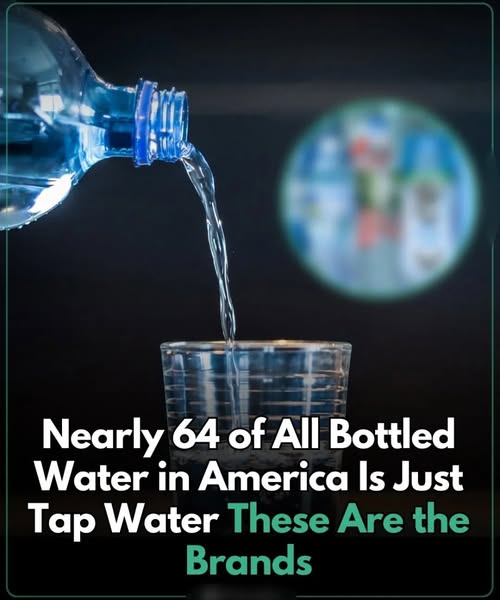Bottled water is supposed to be the better, cleaner choice, right? You might want to think twice about what you’re actually paying for.
In recent decades, bottled water has become a booming industry in the United States, with millions buying it daily under the assumption that it is cleaner, safer, and healthier than tap water. However, growing evidence suggests this perception is often misleading. A recent survey found that about 64% of bottled water in the U.S. comes from municipal sources—the same tap water that flows into households. While some brands add extra purification steps, others make minimal changes before selling it at a significant markup. In some cases, bottled water has even exceeded contamination limits, raising questions about transparency, safety, and consumer trust.
Concerns about quality are not hypothetical. Brands such as Walmart’s Sam’s Choice and Giant Food’s Acadia have faced criticism for high contamination levels, sometimes surpassing California’s strict safety standards. By contrast, companies like Gerber Pure, Nestlé Pure Life, and Penta Ultra-Purified Water provide transparency about sources and purification processes, using techniques such as reverse osmosis, distillation, or advanced filtration to reassure buyers.
Ironically, tap water in the U.S. is often subject to stricter oversight. The Environmental Protection Agency (EPA) enforces federal guidelines requiring regular testing, public reporting, and corrective measures when contaminants are found. Bottled water, regulated by the FDA, undergoes less frequent testing under sometimes looser rules, meaning tap water can be held to higher safety standards than bottled alternatives.
Research has also detected pollutants in some bottled water, including bacteria, arsenic, and microplastics, the latter often originating from the bottle itself. These findings challenge the notion that plastic packaging guarantees purity and raise long-term health concerns. Environmental costs are also significant: producing billions of plastic bottles consumes vast fossil fuels, and discarded bottles contribute heavily to landfills and oceans. Even recycling requires energy and is often inefficient.
For consumers, tap water often represents the safer, cheaper, and more sustainable option. Using household filters and reusable bottles can provide added protection without the expense and environmental impact of single-use plastics. While bottled water remains popular for convenience, awareness of its limitations can help individuals make informed choices that protect both health and the planet.






Post Comment